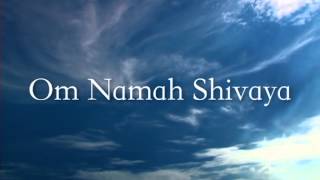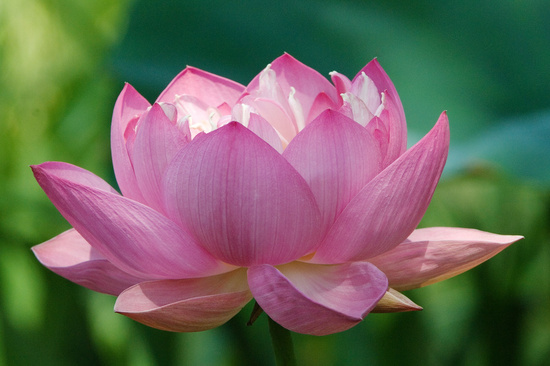Om Namah Shivaya
 I was curious about the Sanskrit Translation for Hara Hara Mahadev, as it was commonly used around Shivaratri and in literature about the event.
I was curious about the Sanskrit Translation for Hara Hara Mahadev, as it was commonly used around Shivaratri and in literature about the event.
Hara Hara Hara Mahadev Om Namah Shivaya Namah Shivaya
An approximate translation would be: Two of the names of Lord Shiva, which invoke His energy as the great God and destroyer of darkness. Om, I bow to Shiva.
 From the translation website proz.com: “Ohm Namah Shivaya” is one of the most powerful of Sanskrit mantras. These phrases are designed to create a transformation in consciousness. This mantra begins with the primordial sound ‘Om’, which is a mystic syllable, considered the most sacred of all mantras. “Namah” means “to bow” or “to honour”. In Hinduism, Shiva is that aspect of the Divine which breaks down or brings to a close the creative cycle. The mantra may be experienced as an appeal to God as the destroyer of our illusion and ignorance that stands in the way of perfect union.
From the translation website proz.com: “Ohm Namah Shivaya” is one of the most powerful of Sanskrit mantras. These phrases are designed to create a transformation in consciousness. This mantra begins with the primordial sound ‘Om’, which is a mystic syllable, considered the most sacred of all mantras. “Namah” means “to bow” or “to honour”. In Hinduism, Shiva is that aspect of the Divine which breaks down or brings to a close the creative cycle. The mantra may be experienced as an appeal to God as the destroyer of our illusion and ignorance that stands in the way of perfect union.
From my very basic understanding, ‘Om’ is the sound the universe made when it came into creation. It is the merging of everything into one, an energetic vibration that contains all sounds. The About.com article on ‘Om’ explains that ‘Om’ is actually made up of three syllables: “It is made up of three Sanskrit letters, aa, au and ma which, when combined together, make the sound Aum or Om.”
When I first started yoga, we would sometimes chant ‘Om’ in our yoga classes. I had no idea as to what the meaning was behind this mystical vibrational incantation was all about. It appeared to be a ritualistic ceremonial offering that everyone seemed to understand but me.
AAaauuuuummmmm …. Do you ever chant om? What does it do for / mean to you?




